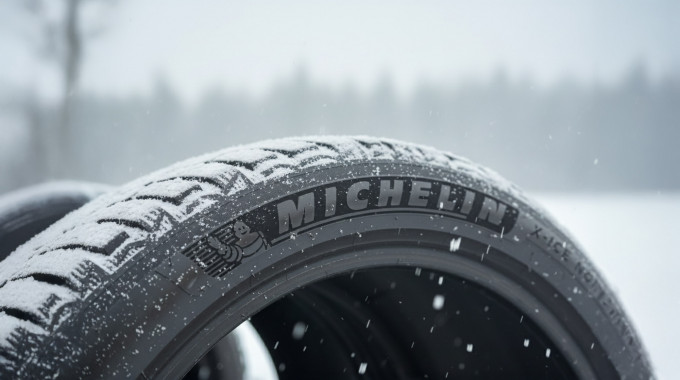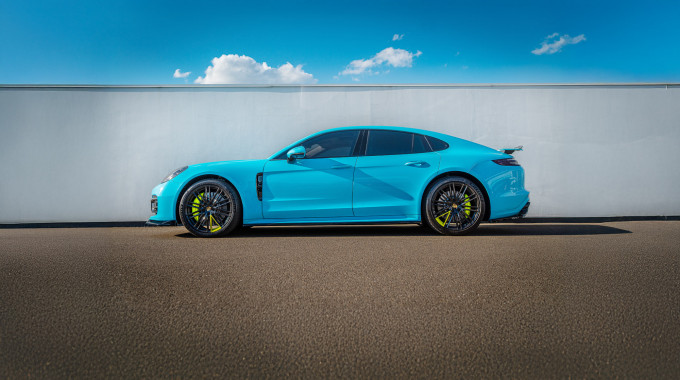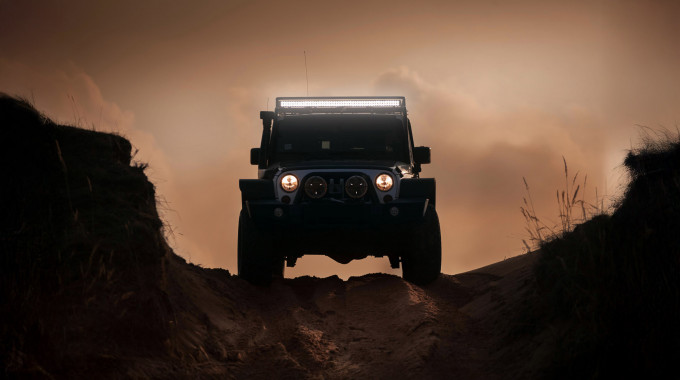
First Drive: 2023 Toyota bZ4X Review
With the new 2023 bZ4X compact crossover, Toyota finally has a full Battery Electric Vehicle (BEV) in its lineup. Available in FWD and AWD, Canada Drives gets behind the wheel of the company's latest EV, putting its interior, power, performance, and range to the test.
Key Features:
- Comfortable ride and interior
- Toyota’s latest and greatest technology
- Promise of Toyota reliability
Direct Competitors:
- Volkswagen ID.4
- Hyundai IONIQ 5
- Nissan LEAF
For more than a quarter century, Toyota has offered Canadian motorists electrified automotive choices, focused largely on hybrids like the Prius, Camry, RAV4, Corolla and now even the Tundra, too. But they’ve been conspicuously absent in the full-EV realm while many of their competitors have made headway in this increasingly popular market segment.
With the recent launch of the bZ4X, Toyota finally has a full Battery Electric Vehicle (BEV) offering to complement its collection of hybrids, PHEVs, and Hydrogen Fuel Cell cars, providing Canadian consumers the broadest spectrum of electrified vehicles of any mainstream manufacturer.
Canadian pricing for the 2023 bZ4X
With fuel costs reaching eye-watering levels this year, it’s little wonder that interest in EVs has risen dramatically. More than 28% of all the Toyotas sold last year were electrified, including Hybrids and PHEVs, and as the company unveils more electrified models like the bZ4X, that number is bound to continue climbing rapidly.

2023 bZ4X Limited AWD | Photo: Toyota
The bZ4X joins a category exploding with exciting new offerings including the Hyundai IONIQ 5, Volkswagen ID.4, Kia EV6 we reviewed here, and the upcoming Nissan Ariya, along with category veterans like the Chevrolet Bolt and Nissan LEAF. Toyota has followed the common practice of starting the bZ4X’s pricing at $44,990 for a front-wheel-drive L trim, ensuring it’ll qualify for the $5,000 federal rebate currently on offer.
An all-wheel drive bZ4X costs over $50,000
The move to the better-equipped FWD LE trim still squeaks under the $50,000 ceiling, while an all-wheel-drive XLE hits $54,990. Option up to the top-spec XLE AWD Technology Package and it’ll fetch $62,750, which has the Toyota encroaching on Tesla Model Y and spec’ed up Mustang Mach-E territory.
The bZ4X is available for order now in both the Quebec and B.C. markets where provincial EV incentives are offered and EVs are most popular. The rest of the Canadian market is likely to have to wait until next year before the bZ4X becomes available.
Toyota bZ4X Interior

2023 bZ4X | Photo: Toyota
Designed from scratch as an EV, the bZ4X benefits from a cabin that’s open, spacious and comfortable with an expansive wheelbase allowing for plenty of legroom for passengers front and rear, and a cargo hold under the hatchback that’ll swallow up to 784 L of luggage.
The interior is well assembled and generally finished in high-quality materials. Of note, the dashboard is covered in a tweed-like fabric, giving the cockpit a trendy, modern look. Similarly, the wireless smart phone charge pad is hidden beneath a retractable lid, and plenty of charge points and cubbies abound for driver and passenger knick-knacks.
Dash-mounted 12.3” touchscreen
The driver’s controls represent a departure from what we’re accustomed to seeing in other Toyota SUVs. The primary gauge display, for instance, is meant to be viewed over top of the steering wheel, instead of through it like in most cars. The central dash is dominated by a 12.3” touchscreen display running Toyota’s latest infotainment suite.

2023 bZ4X | Photo: Toyota
It worked well during our time with the car, connecting wirelessly to CarPlay or Android Auto, though we lament the absence of a physical volume and tuning knob, replaced by capacitive touch buttons for the audio system and most climate control functions. The twist-dial gear selector is intuitive enough to use even in a hurry, unlike some competitors’ use of fiddly push-button selectors.
Performance: how does Toyota’s new battery electric compact crossover SUV handle?
Development of the bZ4X has been hand-in-hand with Subaru who are launching their own version of the car called the Solterra. Where Subaru benefits from Toyota’s experience with batteries and electrification, the bZ4X inherits Subaru’s expertise with all-wheel-drive, making this the first Toyota to feature X-Mode terrain select modes for when the pavement ends.
Make no mistake, neither the bZ4X nor Solterra are meant to be rock-crawling ready, but all-wheel-drive versions offered remarkable traction on loose gravel, sand and the rutted road we found during our drive.
Drive impressions

2023 bZ4X Limited FWD | Photo: Toyota
On the road, the bZ4X is smooth and quiet like all EVs, and it’s easy to get in and drive with familiarity, right away. It’s possible to select a mode with notably stronger regenerative braking that offers a mostly one-pedal driving experience, but won’t fully stop the car, nor hold it still without applying the brakes unlike some of the competitors.
The bZ4X’s steering is over-boosted and absent of much road feel, but it’s a competent handler on curvy roads thanks to decent grip and a low centre of gravity. The ride quality is very good, at least as much as we could tell on the smooth, SoCal roads where we tested the new bZ4X.
FWD and AWD versions get different battery packs
Toyota has developed two very similar battery packs with front-wheel-drive bZ4Xs receiving a 71.4 kWh pack, versus a 72.8 kWh pack for AWD versions.
In FWD models, a single motor generates 201 hp and 196 lb-ft of torque, enabling a stop-to-100 km/h time of 7.5 seconds. AWD variants combine efforts of two motors, each producing 107 hp and 124 lb-ft of torque for a 0-100 run of 6.9 seconds. In reality, the acceleration feels virtually the same between the two, and while lively, it doesn’t offer the rush of a Tesla, Volvo XC40 Recharge or Mustang Mach-E.

2023 bZ4X Limited AWD | Photo: Toyota
What’s the bZ4X’s expected electric range and charging time?
What’s sure to matter more to potential buyers is the bZ4X’s claimed range of 406 km for FWD models, and 367 km for AWD ones. While competitive, these ranges are quite a bit shorter than an IONIQ 5’s. Similarly, the bZ4X can charge at a Level 3 public charger, but maxing out at 150 kW speeds.
Unfortunately, our drive route was too short to warrant charging the test cars to determine real world charge speeds, however Toyota claims an 80% charge can be completed within an hour, while a full charge on a Level 2 charger will take upwards of 11 hours. Toyota has engineered battery preconditioning to minimize the significant range losses in very cold and very hot temperatures.
Verdict: is the bZ4X worth it?
The bZ4X is competitively priced with other EVs and it offers a user-friendly, practical SUV format that should help the transition to an electric car be relatively easy. But range and charge speeds fall short of the class leaders, and the styling is an acquired taste.

2023 bZ4X Limited AWD | Photo: Toyota
Toyota is fashionably late to the BEV party, and they’re hoping that the bZ4X will be just the ticket for buyers on the fence about a fully electric car who will trust the brand’s legendary reliability. After our first drive, we think those buyers are likely to find what they’re looking for here, but the competitive models deserve a look before making a final decision.
Are you buying a used EV? Get pre-approved for you car loan online in minutes and shop with confidence knowing exactly what you can afford..







